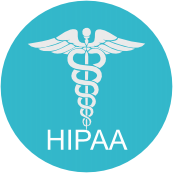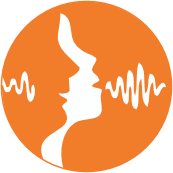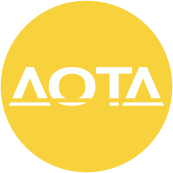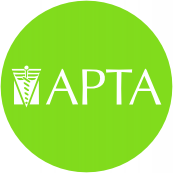We specialize in therapy.
Does your child need therapy? The following information may be helpful.
Speech Therapy
Signs of disorder and strategies for recovery.
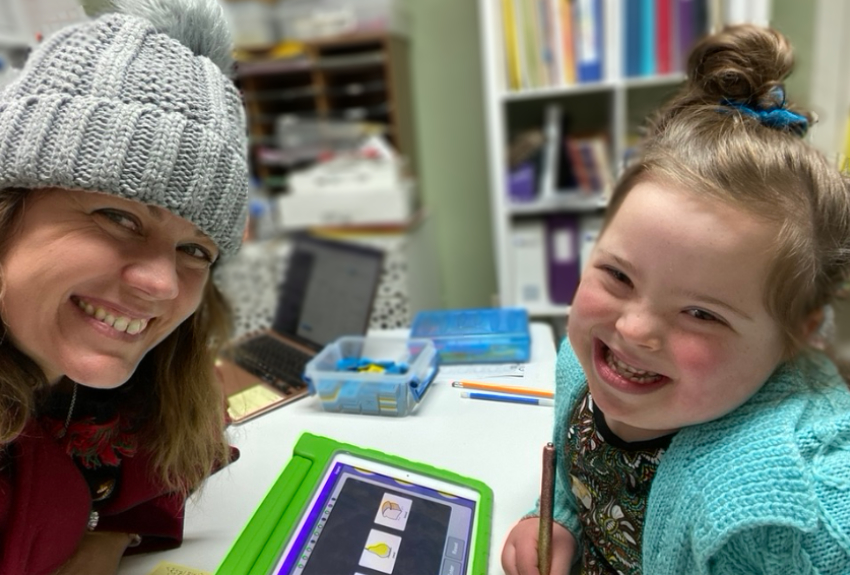
Signs of a Speech disorder
Articulation disorders: difficulties producing sounds in syllables or saying words incorrectly to the point that listeners can't understand what's being said.
Fluency disorders: problems such as stuttering, in which the flow of speech is interrupted by abnormal stoppages, repetitions (st-st-stuttering), or prolonging sounds and syllables (ssssstuttering).
Resonance or voice disorders: problems with the pitch, volume, or quality of the voice that distract listeners from what's being said. These types of disorders may also cause pain or discomfort for a child when speaking.
Dysphagia/oral feeding disorders: these include difficulties with drooling, eating, and swallowing. Receptive disorders: difficulties understanding or processing language.
Expressive disorders: difficulty putting words together, limited vocabulary, or inability to use language in a socially appropriate way.
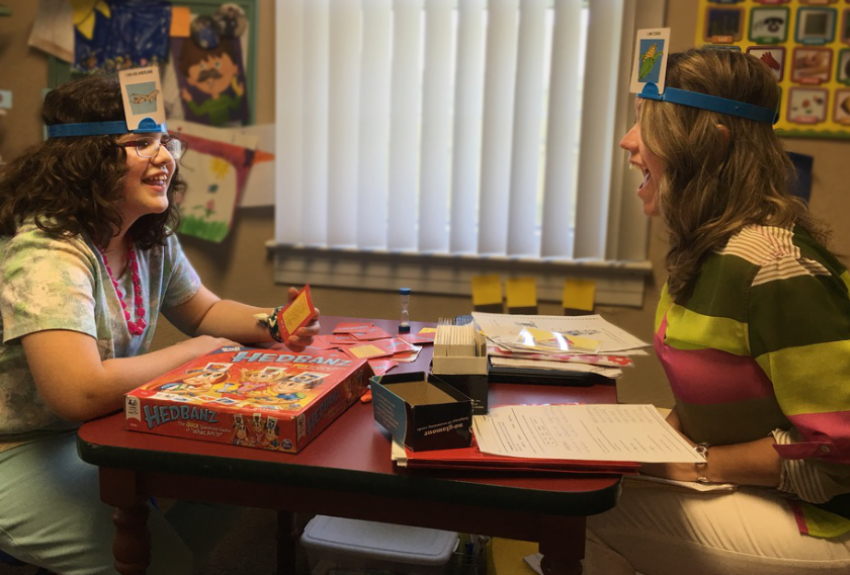
Speech Therapy strategies
Language intervention activities: The Speech therapist will interact with a child by playing and talking, using pictures, books, objects, or ongoing events to stimulate language development. The therapist may also model correct pronunciation and use repetition exercises to build speech and language skills.
Articulation therapy: Articulation, or sound production, exercises involve having the therapist model correct sounds and syllables for a child, often during play activities. The level of play is age-appropriate and related to the child's specific needs. The SLP will physically show the child how to make certain sounds, such as the "r" sound, and may demonstrate how to move the tongue to produce specific sounds.
Oral-motor/feeding and swallowing therapy: The SLP will use a variety of oral exercises — including facial massage and various tongue, lip, and jaw exercises — to strengthen the muscles of the mouth. The SLP also may work with different food textures and temperatures to increase a child's oral awareness during eating and swallowing.
“We will explain to you the process of therapy and answer questions about how it can help."
Occupational Therapy
Signs of disorder and strategies for recovery.
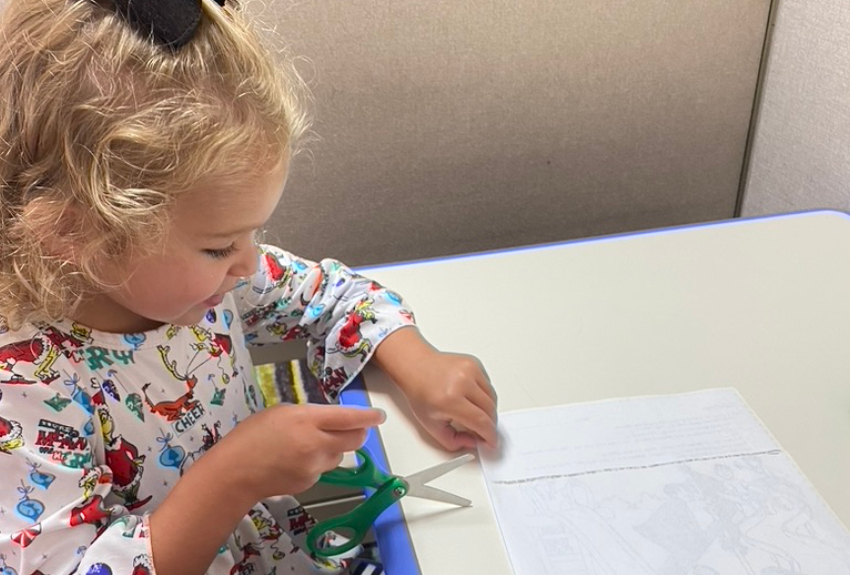
Signs of a Occupational disorder
Autism: difficulties showing warm, joyful expressions. An inability to share “back-&-forth” sounds, smiles, facial expressions, or gestures. A loss of speech, babbling or social skills.
Sensory Processing Disorder: problems eating, sleeping, or playing. Becomes extremely irritable when dressing or seems uncomfortable in clothing. Exhibits constant uncontrolled movement of body/limbs. Has poor balance.
Visual Motor Integration: shows signs of poor organization.
Fine Motor Delay: Poor Fine Motor Skills and Coordination – If your child has difficulty holding a pencil correctly, erasing completely, cutting, folding, or coloring.
ADHD: If your child is having trouble focusing on her homework, it may be a sign that she’s also having trouble focusing in class. If she gets distracted by noises or people moving about at home, she might also have difficulty paying attention at school and may not be getting the most out of her education.
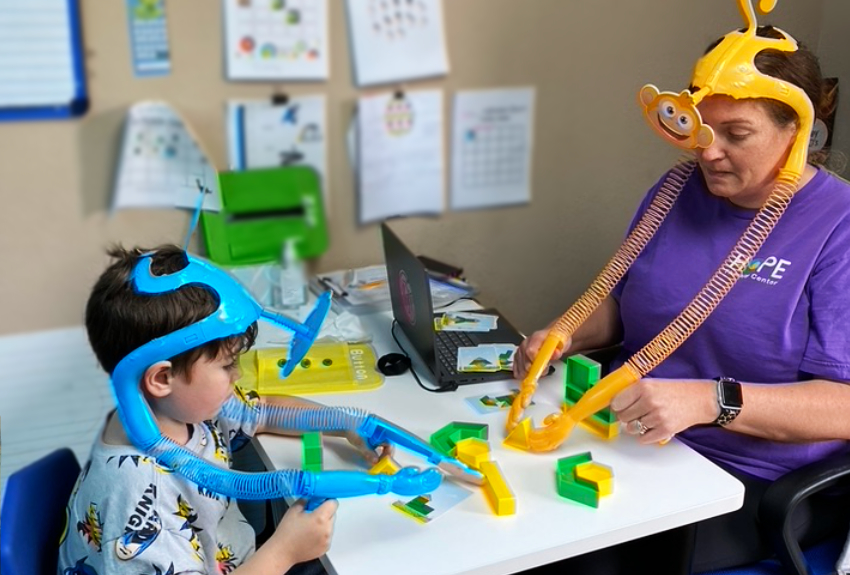
Occupational Therapy strategies
Fine motor skill activities: The Occupational therapist helps a child work on fine motor skills in order to improve grasp and release of toys, development of good handwriting skills, and addressing hand-eye coordination.
Sensory motor activities: The OT helps the child to engage in sensory experiences such as jumping, climbing, pushing, and pulling. Addressing these skills and skills such as bilateral coordination, crossing midline, and trunk control, increaseschilds ability to participate in sensorimotor activities.
Behavior activities: The OT engages the child in activities that promote functional communication, sharing, taking turns, and following rules. These activities promote skills that help the child self-calm during emotional and stressful situations.
“A childs speech and language skill is the very heart of their ability to understand and communicate."
Physical Therapy
Signs of disorder and strategies for recovery.
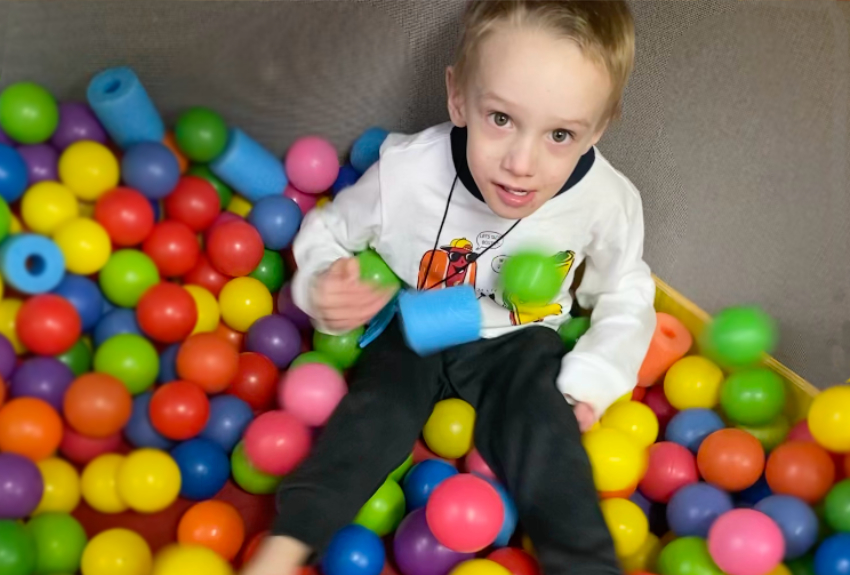
Signs of a Physical disorder
Developmental Milestones: If your child is not meeting the expected developmental milestones during the first year of life (ie. rolling, sitting, standing, walking).
Walking, running, playing Difficulty: If your child walks on the balls of their feet, have difficulty keeping up with their peers during play, or frequently trip or fall.
Pain: If your child complains of pain when performing gross motor activities.
Injury: If your child was injured and is having difficulty performing their prior level of function.
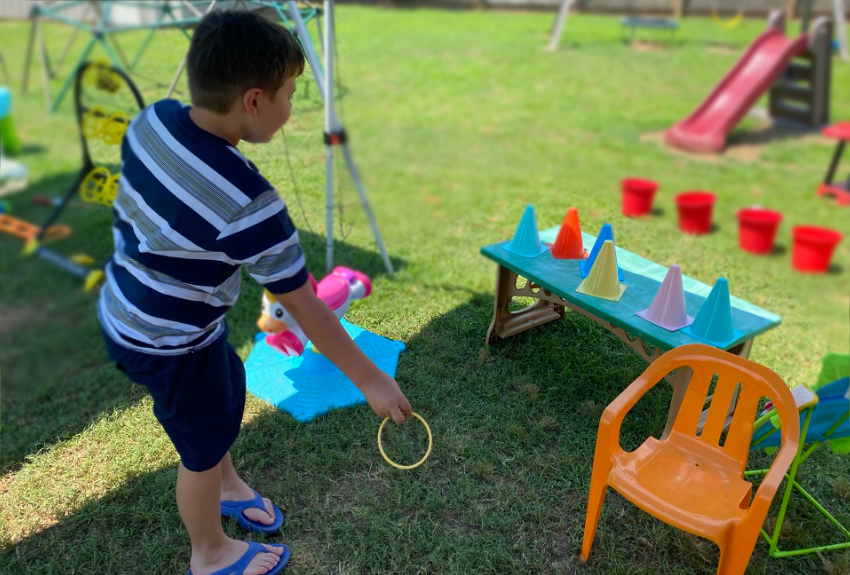
Physical Therapy strategies
Physical assessment: The Physical therapapsit analyzes how a child walks and runs. They may analyze a childs gait and identify existing or potential problems.
Gross motor activities: The PT engages the child in crawling, walking, balance and coordination activities. These activities benefit flexibility and increase range of motion.
Pain improvement and management activities: The PT utilyzes exercises and eqquipment that improve circulation and strength around injuries.
“We have therapists that specialize in addressing the needs of children with dyslexia."
Reading/Dyslexia
Signs of disorder and strategies for recovery.
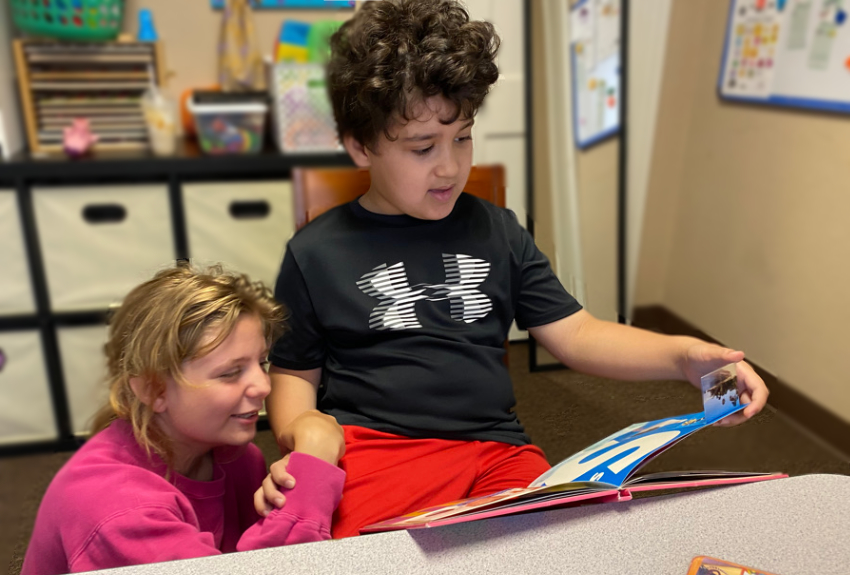
Signs of a Reading disorder
Decoding or dyslexia: consistent difficulty sounding out words and recognizing words out of contextconfusion between letters and the sounds they representslow reading rate when reading aloud (reading word-by-word)reading without expressionignoring punctuation while reading
Comprehension difficulty: confusion about the meaning of words and sentencesinability to connect ideas in a passageomission of, or glossing over, detaildifficulty distinguishing significant information from minor detailslack of concentration during reading
Retention difficulty: trouble remembering or summarizing what is readdifficulty connecting what is read to prior knowledgedifficulty applying content of a text to personal experiencesinability to view content from multiple perspectives
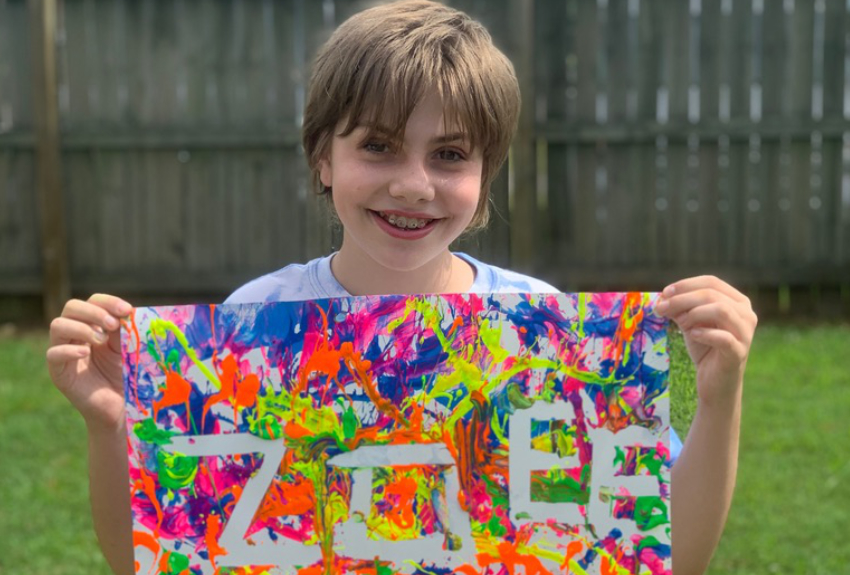
Dyslexia/Reading Therapy strategies
CONNECTIONS: Connection is a systematic, multi-sensory research-based approach to teaching the phonology, decoding, and reading skills of the English language. The trainee will be well-versed in preparing, implementing, and conducting the components of an Orton-Gillingham based lesson which includes phonemic awareness (enabling the student to detect, segment, blend, and manipulate sounds in the spoken language); graphophonemic knowledge for teaching the letter-sound plan of English; and the structure of the English language that includes morphology, semantics, syntax, and pragmatics
The Barton Reading & Spelling System: The Barton System was designed as intense intervention for students who struggle to easily and accurately decode words when reading (despite being taught phonics), who by second grade are slow and inaccurate readers (are missing the oral reading fluency benchmarks), and who have always struggled with spelling – especially when writing sentences, stories, and compositions. –Barton Reading & Spelling System
Insurance
We accept the following
AMBETTER
BCBS AR
CHOICE
MEDICAID AR
MEDICAID OK
MUNICIPAL HEALTH BENEFIT FUND
NOVASYS
PGBA TRICARE
UNITED HEALTHCARE
UMR
